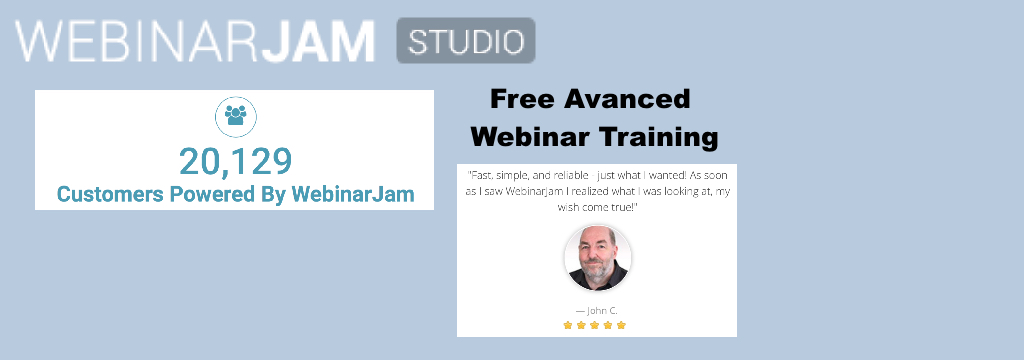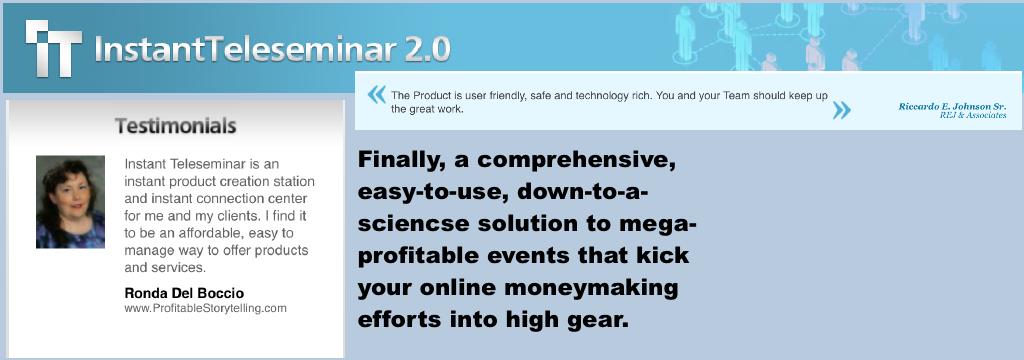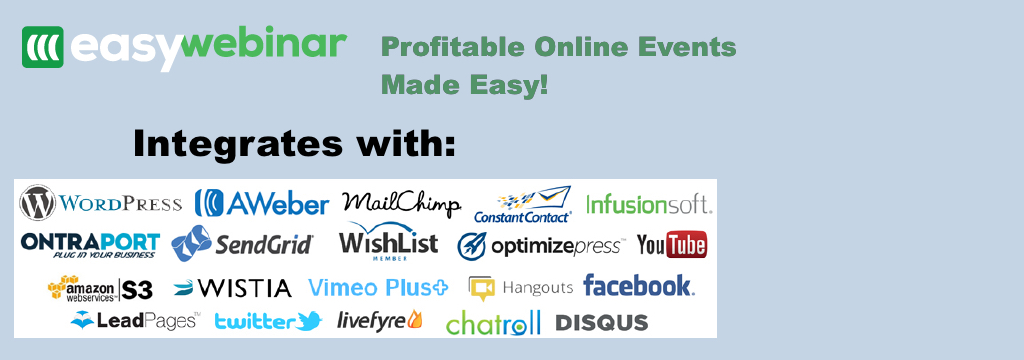The BIAN Service Landscape: An Architectural Overview - Webinar By EITAGlobal
Sign up to be notified of new teleseminars daily! |
| Description: | Overview: This Webinar covers an important new development in the banking industry - the emergence of the Banking Industry Architecture Network (BIAN), which is defining a standardized service-oriented architecture for banking. The banking industry is notable for its heavy reliance on banks' own IT organizations to develop and maintain enterprise software applications "in-house." In general, banks would like to invest less in software development and more in their core expertise. However, it is not feasible for a large bank to switch overnight to vendors' packaged software in a "big bang." It is preferable to buy and integrate software packages and retire homegrown packages in a careful, staged fashion. Some of the homegrown packages will still be around for many years. Moreover, no vendor supplies software packages that account for all of a bank's needs. The barrier to the gradual changeover scenario has been the huge costs of integrating homegrown packages with packages from multiple vendors. BIAN was formed to address the integration problem. BIAN is developing standards to facilitate interoperability among heterogeneous software components within a bank's application landscape. BIAN's approach to standardization is somewhat unusual in that it focuses on semantic interoperability and not on defining technical wire-level interoperability formats. In BIAN's formative period, some savvy people with experience as senior IT executives in the banking industry took a hard look at where the costs lie when integrating software packages. They agreed that the bulk of the effort and cost of integration lies in divergent understanding of the meaning of the data being integrated. Therefore, BIAN's founders came to a consensus that BIAN's service specifications should be at the level of the business semantics, and that technical service specifications, such as wire-level XML or REST formats, would be out of scope for BIAN. They felt strongly that if there is an agreement on the business semantics of the common services, then the integration work needed to define the low-level service formats at implementation time would be relatively small; such an agreement contrasts with the typical situation where agreement on technical formats still leaves much room for interoperability problems because the modules being integrated are based on (sometimes subtly) different understandings of the business semantics. Building on other standards, BIAN has come up with an innovative architecture for specifying the business semantics of common services, and has developed a tool for modeling services in accordance with the architecture. Why should you attend: You will gain an architectural understanding of BIAN's approach to standardization and how it realizes the organization's commitment to focus on business semantics. You will come away better equipped to assess the importance of BIAN to your work. This Webinar differs from the Virtual Seminar entitled "The BIAN Service Landscape: An In-Depth View" in that it does not drill down into technical detail, but does help you gain insight at the architectural level regarding the techniques used to build the Service Landscape. Areas Covered in the Session: The origin of BIAN and the motives of its founders and members Why BIAN focuses on business semantics rather than on low-level technical specifications How BIAN identifies common service components, based on a service center model An overview of the common service components that BIAN has identified How BIAN describes service contracts in a manner that focuses on semantics How BIAN's standardized semantic-level specifications can provide value to banks and banking software vendors despite the fact that BIAN does not produce lower-level technical interoperability standards How each bank can assemble the standard services in its own way, such that the assembled landscape reflects the structure of its business An overview of the BIAN Metamodel and UML Profile, including an explanation of the role that they play in the architecture and in the BIAN modeling tool The effort BIAN is making to build a business vocabulary, in order to anchor the service specifications in clear business semantics The relationship between BIAN standards and other key standards in the financial services industry such as ISO 20022, SWIFT, IFX, FpML, FIX, and OMG Finance Who Will Benefit: Chief Architects Enterprise Architects SOA Project Leaders Senior Developers Business Analysts Business Architects Speaker Profile: David Frankel has over 30 years of experience as a programmer, architect, and technical strategist. He is recognized as a pioneer and international authority on the subject of model-driven systems and semantic information modeling. He has a wealth of experience driving companies and industry at large to successfully adopt strategic technologies. He has an outstanding ability to communicate in technical mentoring situations, publications, and presentations. He has published two books and dozens of trade press articles, and has presented at many industry conferences. He has a reputation for facilitating collaboration that, along with his strong technical expertise, has led him to co-author a number of important industry software standards, including UML®, ISO 20022, BIAN, and the XBRL Abstract Model. He served terms as an elected member of the Object Management Group’s Architecture Board and Board of Directors. The IT domains in which he has expertise include data integration, domain-specific languages, enterprise architecture, model-driven systems, semantic information modeling, semantic interoperability, service-oriented architecture, and software product lines. The business domains in which he has applied his technical expertise in recent years include financial services, ERP financials, and business reporting. His most recent project involved setting up the service-oriented architecture and tooling framework for the Banking Industry Architecture Network (BIAN) standards organization, during his tenure as SAP’s Lead Standards Architect for Model-Driven Systems. |
| URL: | http://bit.ly/17bmEfR |
| Date: | Thursday, November 7, 2013 |
| Time: | 3:00pm-4:30pm UTC |
| Duration: | 1 hour 30 minutes |
| Access: | Public |
| Created by: | Public Access |
| Updated: | Thursday, October 31, 2013 6:45am UTC |
| : | $239 |
| : | 800-447-9407 |
| : | Webinars@eitaglobal.com |
| : | James Richard |
| : | 8004479407 |
| Comments: | None |




